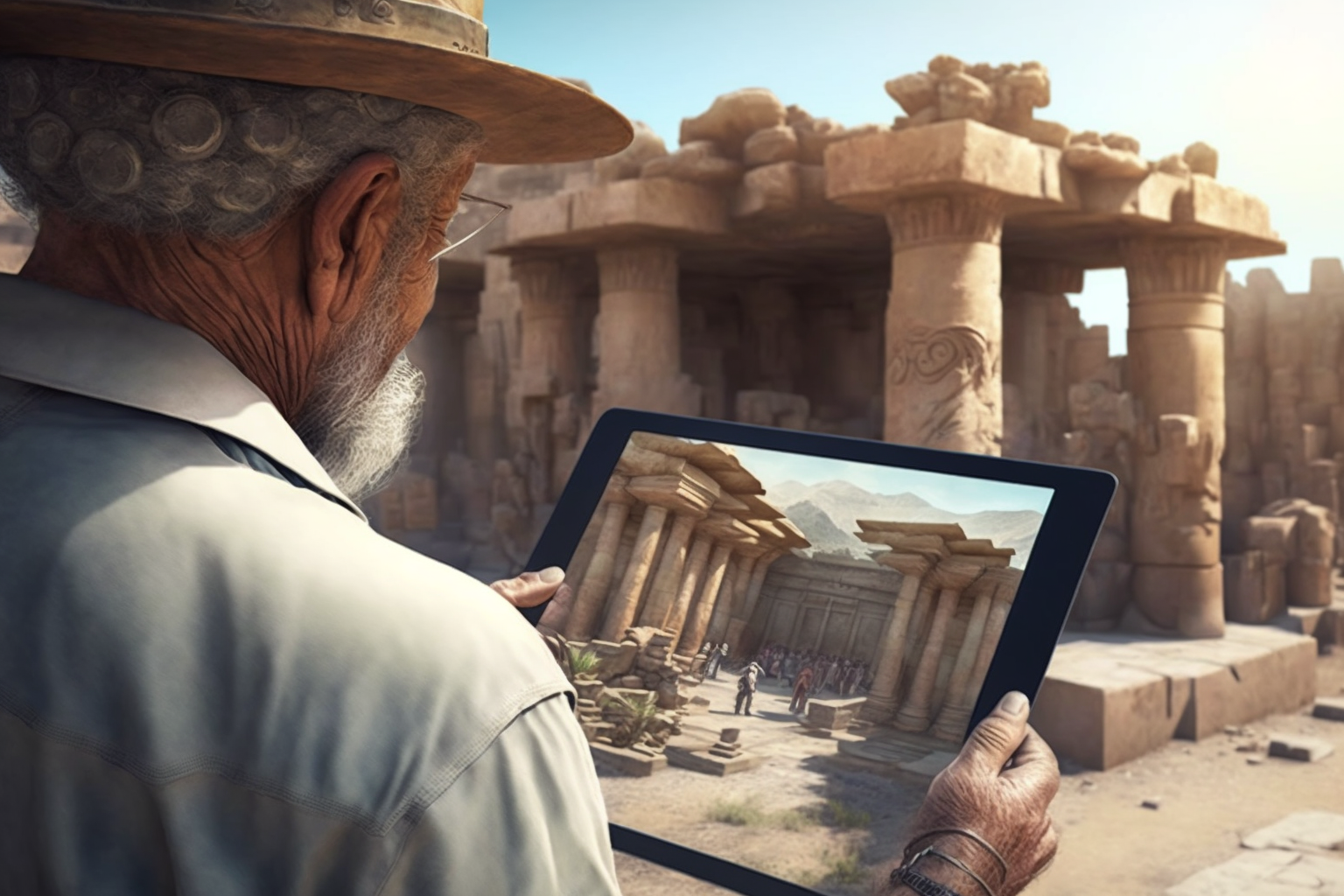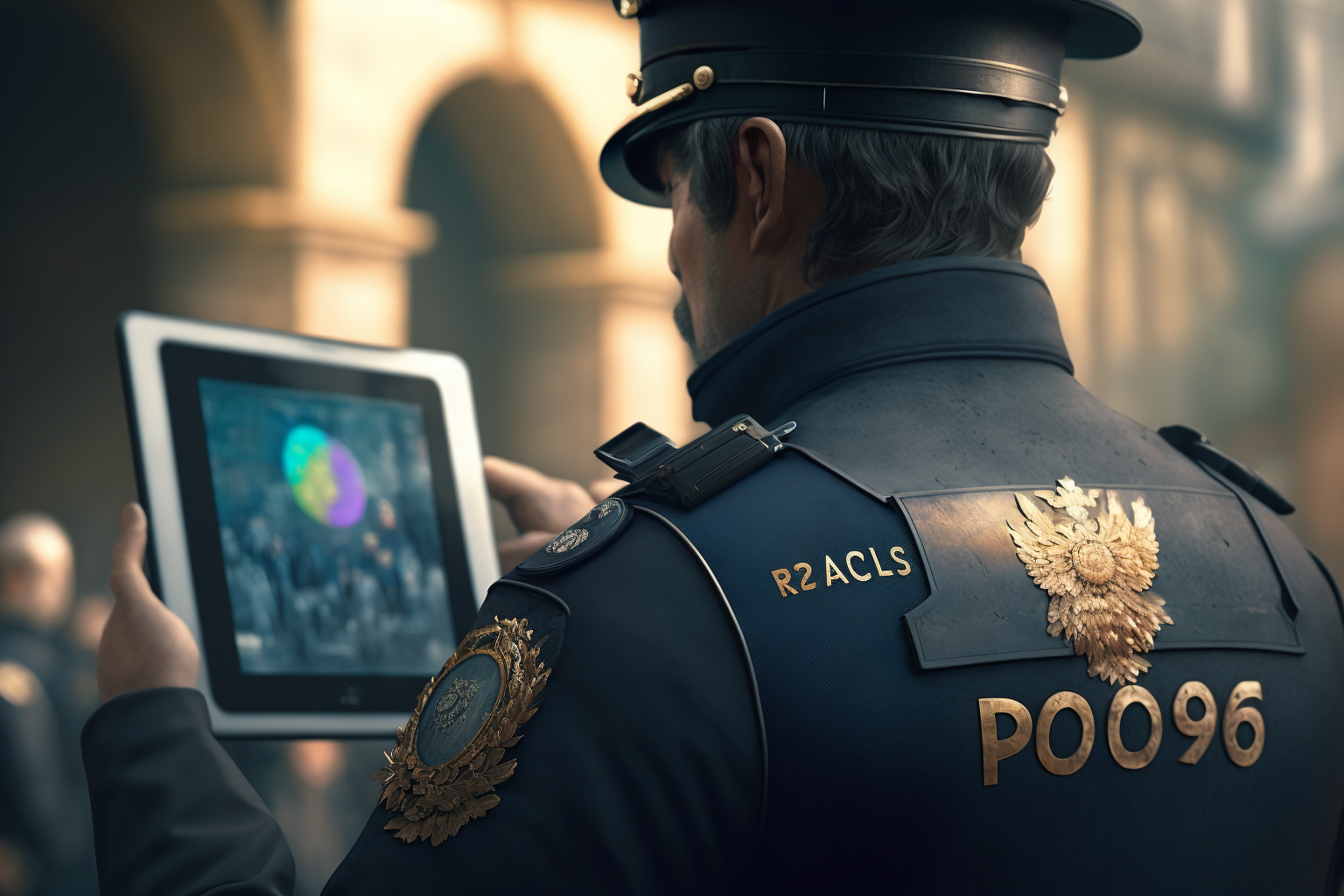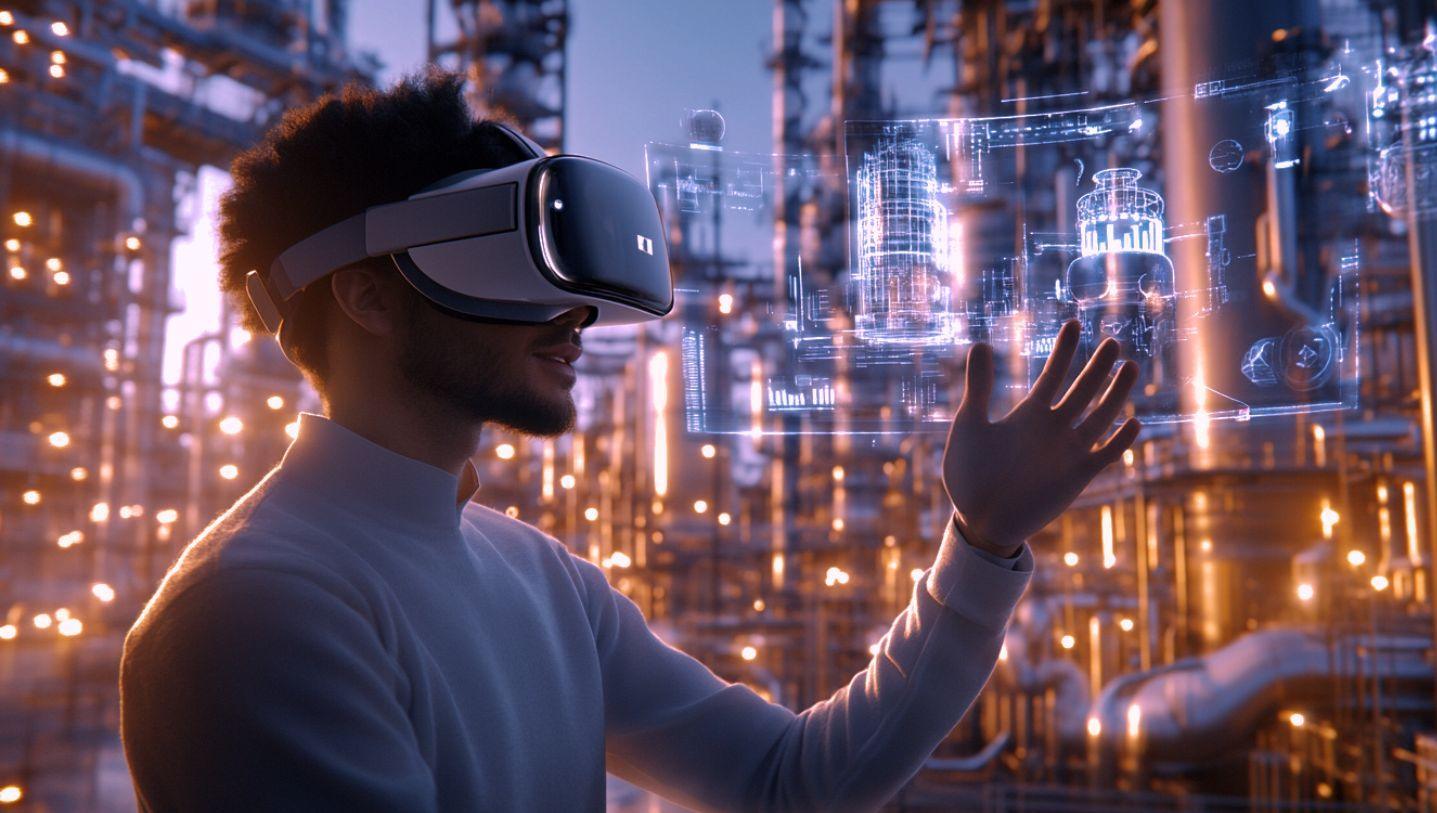Using EON-XR, students can now learn about the artifacts of Ancient Greece in AR and VR and its importance as a cultural and historical signifier against the backdrop of human civilization.
Have you ever wondered how the ancient Greeks made pottery and why they had so many different types? Pottery is one of the most important pieces of evidence for archaeologists to understand the ways people lived in the past. Therefore when we think about artifacts of Ancient Greece, one of the first images that comes to mind are those of Ancient Greek vases or Amphoras; reddish-orange vessels and the iconic illustrations that adorn their surfaces. Essential to everyday life in Ancient Greece, vases had both artistic and functional value, bearing visual messages about religion and culture as well as carrying water, oil, and perfumes.
As wall paintings and other ephemeral forms of decoration did not stand the test of time, these utilitarian objects also serve as an important historical documentation of ancient Greek life and artistic pictorial styles of the artisans who made them. Both rich in craft and full of archaeological significance, Greek vases are important educational materials to view in museums, and serve as impressive collectors’ items that never cease to capture the imagination of audiences.
Learning about Ancient Greece in AR and VR doesn’t end there. Here are some teaching ideas that you could use with this free, hands on immersive learning experience or browse our lesson highlights for more classroom inspiration.
Conservation and Object Based Learning
Extract evidence from ancient ceramics of their materials, techniques and wider values.
Myth, Art and Empire: Greece and Rome
Study ancient art and society to explore the mythic origins and heroic archetypes of the Greeks and Romans. Think critically about the origins of the Western tradition.
Classical Mythology
Explore narratives of birth and creation, war and the warrior, fire and flood, animals, gods and humans, in order to identify and articulate the relationships between classical myths and the social, religious, and political contexts of their production.
Interpreting the Ancient World
Integrate texts and material remains to understand past cultures, and to interpret textual, symbolic and archaeological evidence in historic and prehistoric periods.


















